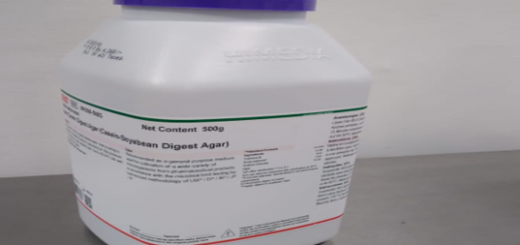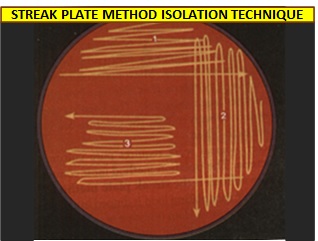Why settle plates exposes for 4 Hours in cleanroom.
This article describes about the settle plates and Its exposing criteria
What is mean by Settle plates ?
In microbiology, a “settle plate” refers to a specific type of agar plate or petri dish used to assess the microbial contamination of the air in a particular environment.
The settle plate method involves exposing the agar surface of the plate to the air for a predetermined period of time in a location of interest, such as a cleanroom, laboratory room. During this exposure period, airborne microorganisms (such as bacteria and fungi) settle onto the agar surface due to gravity. After the exposure period, the plate is covered and then incubated under appropriate conditions to allow any microorganisms present on the agar surface to grow into visible colonies.
By analyzing the colonies that develop on the settle plate, microbiologists can estimate the level of microbial contamination in the air in that specific location. This method is particularly useful for monitoring the cleanliness of controlled environments, ensuring the effectiveness of air filtration systems, and assessing the risk of microbial contamination in various locations, including healthcare facilities and pharmaceutical cleanroom.
Size of settle plate used for microbial monitoring is 90.00 mm and it should be autoclavable.
Why Do we expose settle plates for 4 Hours in cleanroom?
In cleanrooms, the goal is to maintain extremely low levels of microbial contamination. Some contamination events may be sporadic or rare. A Four hour exposure settle plates increases the chances of detecting even infrequent airborne microorganisms that could pose a contamination risk.
Cleanrooms may experience fluctuations in airflow, temperature, or other environmental conditions. Longer exposure times i.e. four hours help account for such variability, providing a more comprehensive assessment of the air quality over time.
During many studies it has been observed that after a period of four hour settle plate exposure period, the agar forms a thin layer on it which reduces the access of water to the microorganisms, thus reducing their growth and Obstructing the test by leading us to impression that significantly lower microbial population than actually exists.



